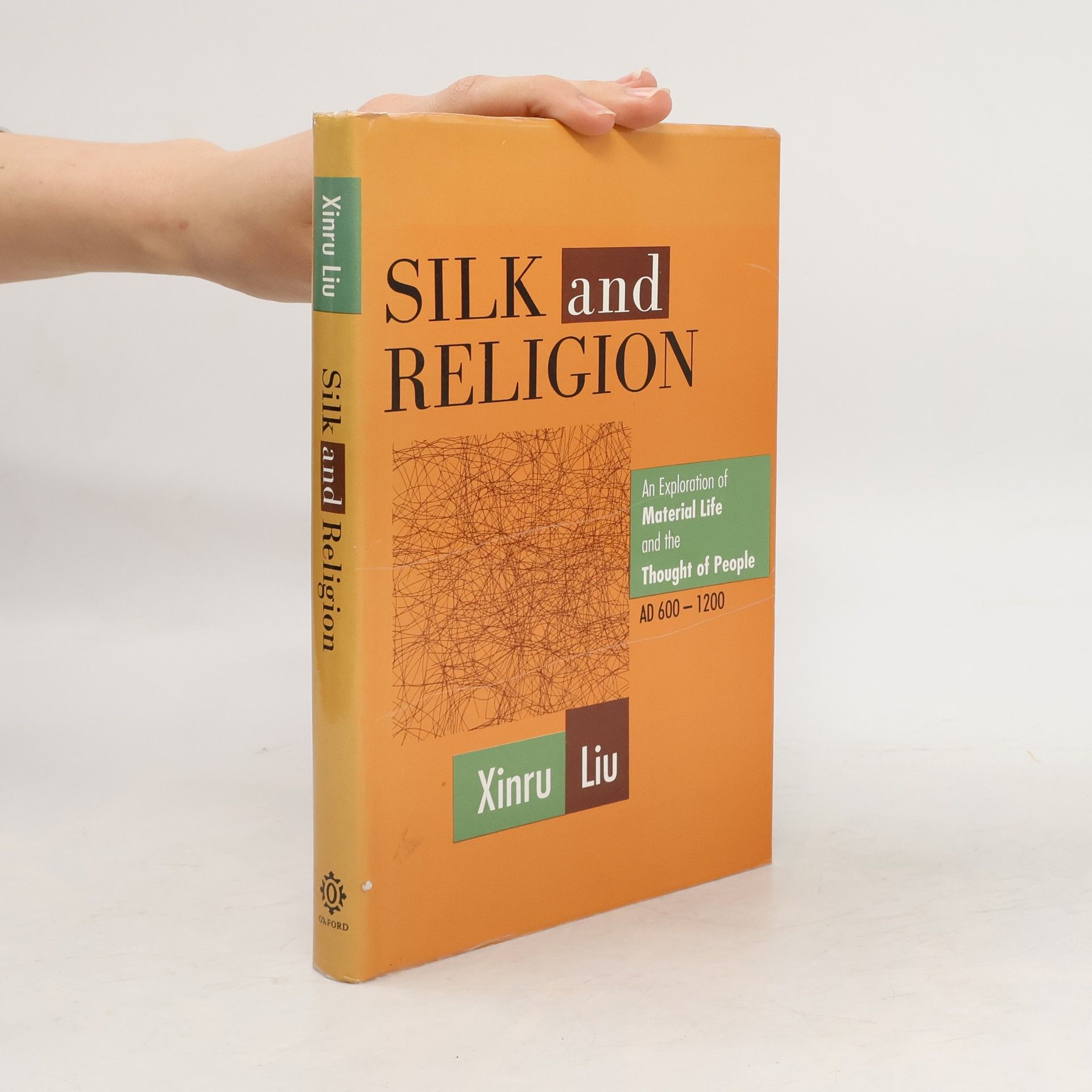This book offers an engaging exploration of the societal context during the time of the Buddha, blending scholarly research with imaginative storytelling. It delves into the cultural, political, and spiritual dynamics of the era, providing readers with a vivid understanding of the historical backdrop that influenced Buddhist teachings and practices. The narrative is designed to be both informative and accessible, appealing to those interested in history, religion, and philosophy.
Xinru Liu Bücher
Xinru Liu konzentriert sich auf die frühe indische und Weltgeschichte. Sie ist außerordentliche Professorin am The College of New Jersey und volle Professorin am Institut für Weltgeschichte der Chinesischen Akademie der Sozialwissenschaften. Ihre Arbeit befasst sich mit historischen und kulturellen Austauschprozessen zwischen verschiedenen Zivilisationen. Sie erforscht die Verbreitung und Transformation von Ideen, Technologien und künstlerischen Ausdrucksformen im Laufe der Zeit.


Silk and Religion
- 246 Seiten
- 9 Lesestunden
Xinru Liu studies the silk trade in Eurasia between the seventh and twelfth centuries to explore how religious ideas affected economic behavior. Long-distance silk trade was established for centuries in ancient Eurasia, well before the state in Tang China and the Byzantine Empire set up statesilk industries and clothing codes to regulate the trade and consumption of silk textiles. Silk textiles were invested with symbolic meaning and their use restricted to bureaucratic and religious hierarchies in both regions.